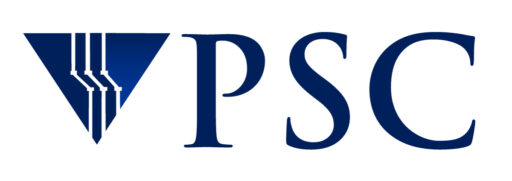Pittsburgh Supercomputing Center Contracts for SGI Shared Memory Systems
PITTSBURGH, January 16, 2008 – The Pittsburgh Supercomputing Center (PSC) has contracted with SGI (NASDAQ: SGIC) to acquire two SGI® Altix® 4700 systems. One of the new systems (768 processors, 1.5 terabytes of memory, 5.0 teraflops peak performance) will be integrated into the TeraGrid, the National Science Foundation program of comprehensive cyberinfrastructure, substantially increasing the “shared memory” capability available through NSF for U.S. science and engineering research.
PSC’s other new SGI® Altix® system (144 processors, 288 gigabytes memory), acquired with support from NIH’s National Center for Research Resources for PSC’s biomedical program, the National Resource for Biomedical Supercomputing (NRBSC), will be devoted exclusively to biomedical research. “To make a system of this scale openly available for biomedical research is unprecedented,” said NRBSC director Joel Stiles.
“A major benefit of these two systems is high research productivity, because of the relative ease of programming made possible by the memory structure,” said PSC scientific directors Michael Levine and Ralph Roskies in a joint statement. “The usability features of the Altix will provide a significant boost in many research areas, for example, in simulation, data analysis and visualization.”
In computer terms, “shared memory” means that a system’s main memory can be accessed from all of its processors, as opposed to distributed memory (in which each processor’s memory is accessed only by that processor). Because all processors share a single view of data, a shared memory system is relatively easy to program.
“Researchers in myriad fields rely on PSC systems to develop new technologies for clean power, groundbreaking methods for forecasting large storms, and innovative models to help determine the origin of the darkest galaxies in the universe,” said SGI CEO Robert “Bo” Ewald. “Now, with the enormous productivity gains enabled by the SGI Altix platform’s powerful shared-memory architecture, scientists can shorten their time to insight, pursue more interactive analyses, and open avenues of research that until now were closed to them. SGI is proud to provide PSC with supercomputers whose world-class performance and user-friendly environment allow scientists to focus on their research, enabling breakthroughs to come faster and more frequently.”
Through the TeraGrid, PSC’s 768-processor Altix will help to meet rising demand for shared-memory computation. For the most recent round of TeraGrid resource allocations, noted Roskies, researchers sought seven times more time on shared-memory systems than is currently available.
The new systems will replace PSC’s two Hewlett-Packard GS1280 AlphaServer systems known as Rachel, used for NSF research via the TeraGrid, and Jonas, used for biomedical research that largely targeted several different application areas. The 768-processor Altix that replaces Rachel will provide a substantial boost to NSF research – providing 17 times more processing power and three times as much memory as its predecessor system. The Jonas replacement provides more than three times more processing power and 12.5 percent more memory.
PSC expects delivery of the new Altix systems in early March, with a “friendly user” period of several months.
The NSF-funded Altix 4700 will become a production resource of the TeraGrid on July 1, and will be allocated as part of the TeraGrid’s MRAC (Medium Resource Allocations Committee) process in June. Researchers interested in friendly-user access to the NSF Altix should contact PSC’s Sergiu Sanielevici, sergiu@psc.edu
The NIH-funded Altix will be allocated through an NRBSC allocation process to be developed and overseen by Stiles. Biomedical researchers interested in access should contact Alex Ropelewski, ropelews@psc.edu
